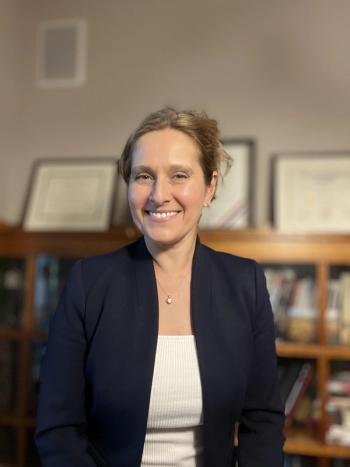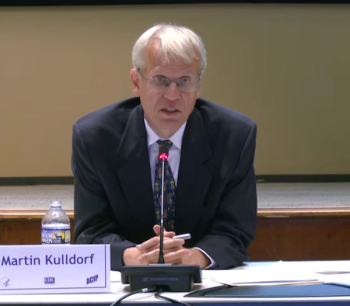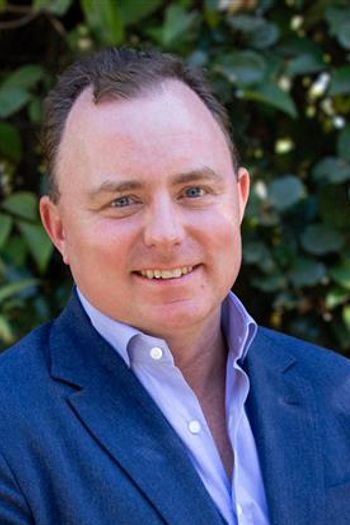
- Medical Economics October 2023
- Volume 100
- Issue 10
A century of health care change reinforces the importance of physicians
From the editor-in-chief, L. Allen Dobson, M.D.
Congratulations to Medical Economics for marking its 100th year in print. It remains the primary voice for the business of primary care and independent practice. I encourage you to carefully read Senior Editor Jeffrey Bendix’s excellent cover story contrasting what it was like to practice primary care 100 years ago to today. You will see similarities of practice, but also marked change, and you can judge for yourself if the current path of health care is directionally correct.
If not, it is important for all of us to point it out and not simply accept the policies and movement that are leading our health care system toward a less professional and more corporate structure. If we are not moving in the right direction, we must change course. Here are my thoughts on these changes after 40 years as a physician.
Primary care physicians are undervalued.
It seems to me that in the pursuit of team-based care and expanding the scope of other clinical members of the team, we are making the highest trained and experienced clinicians — physicians — less valuable and limiting their role to oversight and administrative work. In primary care, particularly family medicine, we train physicians to have broad skills and abilities. The current employment environment often limits practice to only a fraction of our physicians’ abilities and training. It seems to me that the goal is to make primary care generic and provide it to patients by a nontransparent team of “providers.”
Stop trying to replace physicians.
This leads into the next worrisome trend. Our health care system suffers from decades of recognizing the importance of primary care but retains the bias that it is easy and can be done by anyone.
Family medicine is not easy. Weekly, we see hundreds of patients, mostly undifferentiated or returning for chronic disease care or what seems like a simple acute illness. Each may have an entirely different diagnostic or treatment challenge. Among those many patients are those who have something significant, that without the right questions and exam by an astute clinician will go undiagnosed. It requires attention to detail, astute listening skills, high index of suspicion and the ability to create a complete differential diagnosis to find those patients. It requires physicians.
Yes, many patients can be seen by less trained clinicians as part of a team, but do we really know in advance which patients they are? In my experience, triaging based on the patient’s chief complaint can miss many crucial diagnoses.
We must spend more money on primary care.
The third trend, which the first two build toward, is about money. The United States under invests in primary care, and we don’t have enough physicians. We have tried many approaches other than the obvious one. To my mind, the answer is simple: If we don’t have enough primary care physicians, train more! If they aren’t going to rural areas or where we need them, pay them more to do so. Make medical school free for those who commit to four years of primary care service in a rural or underserved area. This idea works for the military, why not for service to the rest of the population? We need our highest paid and best trained physicians in rural areas, with the broadest scope of practice. As my mentor Jim Jones, M.D., often said: “The quality of your health care should not be based on your Zip code.”
It is important to reflect on how medicine has changed during the last century. In many respects the core element that makes practicing medicine a rewarding profession still exists in every patient visit. It is the structure and business environment in which we practice that has changed.
I encourage every physician to read this 100th anniversary issue, and step back from your daily activities and reflect on how things have changed for us. I believe we can do better. I ask my fellow physicians to advocate for change in areas where our health system has not lived up to its promise, to both its physicians and its patients.
L. Allen Dobson, M.D., FAAFP, is the editor-in-chief of Medical Economics.
Articles in this issue
about 2 years ago
The future of medicine - what patients expectabout 2 years ago
The doctors bag in 2023about 2 years ago
The doctor's bag in 1923about 2 years ago
A century of primary care transformationNewsletter
Stay informed and empowered with Medical Economics enewsletter, delivering expert insights, financial strategies, practice management tips and technology trends — tailored for today’s physicians.















